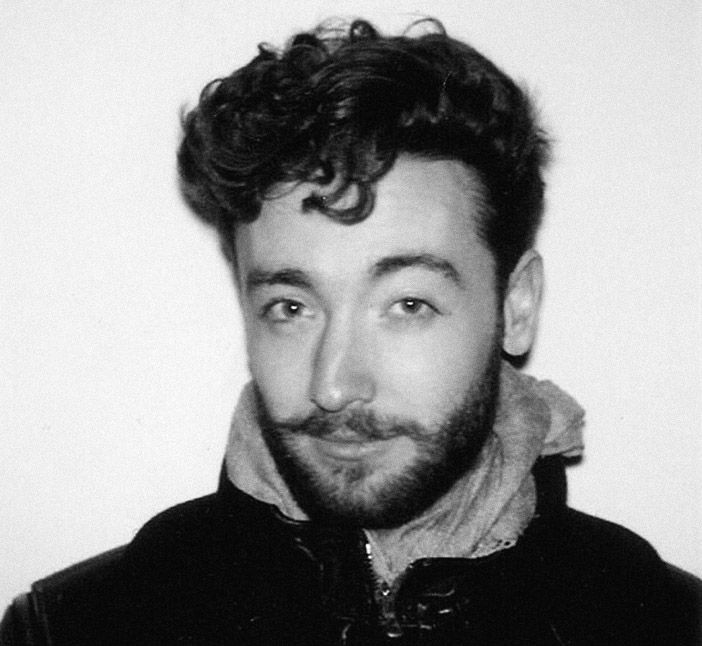
Creative insights and playful mind - the special interview with Lorenzo Durantini
Lorenzo Durantini is an Italian artist, writer, curator and occasional DJ who lives and works in London, United Kingdom. He received a BA in Photographic Arts at the University of Westminster and attended the MA programme at Royal College of Art before dropping out to pursue his career full-time. Durantini’s practice as an artist started with political activism and documentary photography, to which he has recently returned with a piece called Vada a bordo, cazzo!, that depicts the Costa Concordia shipwreck off the coast of Isola del Giglio. that depicts the Costa Concordia shipwreck off the coast of Isola del Giglio. Durantini was part of an art squat group around 2010, that occupied abandoned buildings in London and repurposed them into multifaceted artist-run spaces. His work from that period included various creative experimentations with old VHS tapes. In specific works such as "2,216 VHS Tapes" and "445,368 meters" he uses old VHS and audio tapes to build towers, flood rooms with meters of tape or simply make a statement about the chaos of the digital era we live in. His notable curated shows are "Brush It In", "Ristruttura" and "re:control".
In this exclusive interview for Secret Thirteen Lorenzo Durantini reveals his early influences, insights about current working background, favourite books, impressing artists and future plans.
What are some of your most important influences or events that lead you to become an artist?
My practice as an artist started with political activism and documentary photography, something which I have recently returned to with a piece called Vada a bordo, cazzo! that depicts the Costa Concordia shipwreck off the coast of Isola del Giglio. I grew up close to New York, so I think 9/11 had the strongest impact on my decision to work with images. I moved back to Italy two months before the attack and the television coverage of the event along with the political repercussions it had on US foreign policy deeply affected me in ways, that I am still coming in terms with.
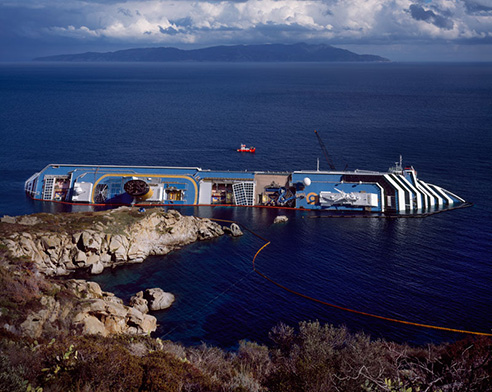
Vada a bordo, cazzo! 376x300cm Vinyl & 188x150cm Inkjet.
Could you talk about a significant success or a noteworthy failure that was an important turning point in your career?
I was part of an art squat group around 2010 that would occupy abandoned buildings in London and repurpose them into multifaceted artist-run spaces. The occupations were always very high profile – a 40 room building in Leicester Square, a 4 story warehouse behind Tate Modern and a nightclub in a former church in Soho that recently sold for something ridiculous like £10 million. The sense of accomplishment and freedom that those exhibitions gave me is what motivated me to try and make a career out of art.
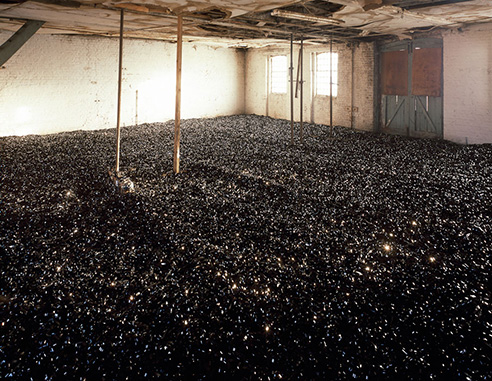
3,312 Hours and 129,231 metres by Lorenzo Durantini.
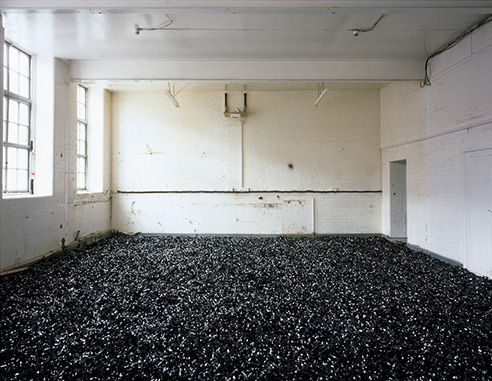
1,123 Hours and 83,403 metres by Lorenzo Durantini.
What is your studio practice like? Can you describe the process of making your work? Do you start work with a concept in mind or does the idea come later?
I think the most fruitful part of my practice are the conversations I have with other artists since I’m also active as curator. Whenever I make work, it’s usually very quickly and is usually tied to sense of inevitability, that I couldn’t possibly not make the work as opposed to consciously wanting to make it. I spend more time thinking about what I don’t want to make then I usually do making.
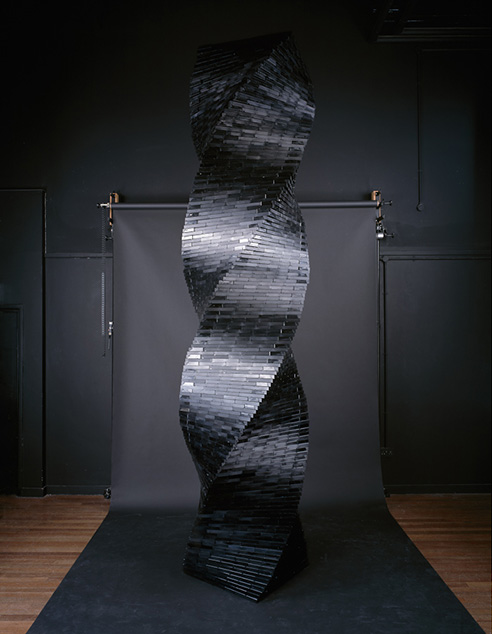
Tower no 5 by Lorenzo Durantini. VHS Cassettes. 350 x 80 x 80 cm.
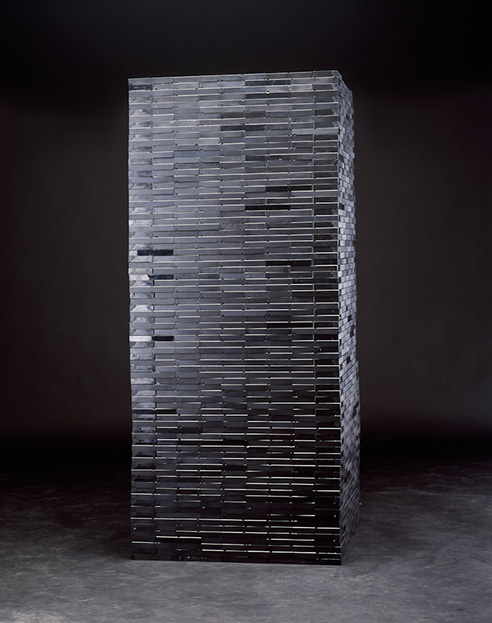
Tower no. 4 VHS Cassettes by Lorenzo Durantini. 250 x 110 x 110cm.
How do you see your art from objective point of view? Did your works somehow (technologically, emotionally or sociologically) improve in the last 2-3 years? How do you see your art's enduring value? Are you self-critical?
Hah! that's a cannonball of a question. Let's just say that I've gotten better at using certain tools over the last few years. but I don't think the core of my practice has really shifted that much. Art has no intrinsic value apart from it's contingent social utility, so I think it's impossible to look at art objectively without first examining the social conditions that create it.
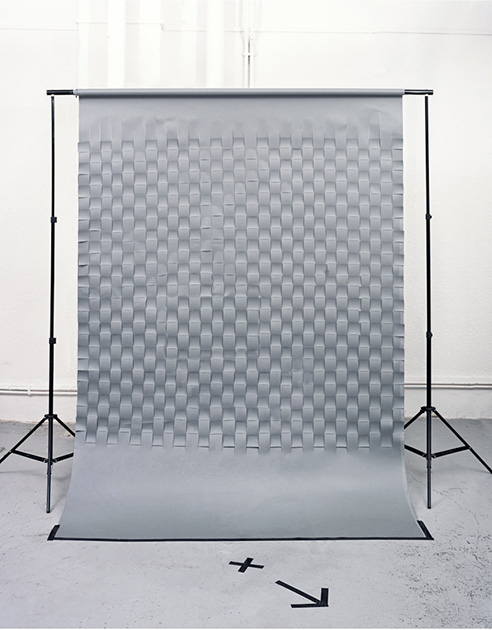
Colorama Study by Lorenzo Durantini.
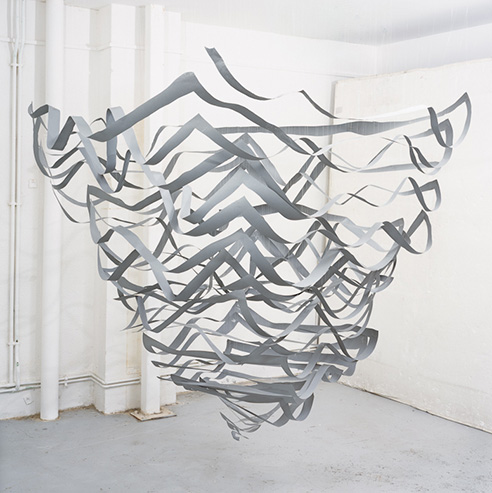
Colorama Study by Lorenzo Durantini.
Does excellent work guarantee the recognition? How important these days are good promotion and support from galleries? Any advice for future or emerging artists?
Occupy everything! Realistically demand the impossible.
Like Jim Jarmusch said “Nothing is original." Steal from anywhere that resonates with inspiration or fuels your imagination. Devour old films, new films, music, books, paintings, photographs, poems, dreams, random conversations, architecture, bridges, street signs, trees, clouds, bodies of water, light and shadows. Select only things to steal from that speak directly to your soul. If you do this, your work (and theft) will be authentic. Authenticity is invaluable; originality is non-existent. And don’t bother concealing your thievery - celebrate it if you feel like it. In any case, always remember what Jean-Luc Godard said: “It’s not where you take things from - it’s where you take them to.”
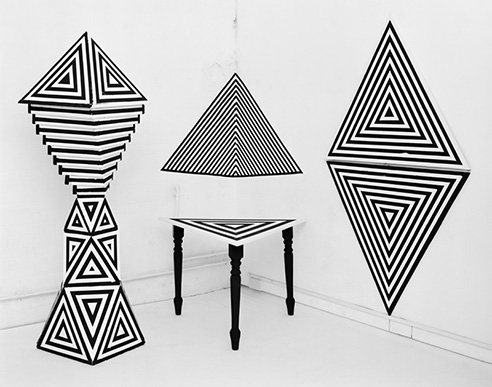
The Wrong Door. Digital C-type 100 x 120cm.
Who are your top three artists in terms of how they influenced your work? Can you give us a few examples of their works too and which aspects of these works draw your attention.
Michelangelo Antonioni and the end of Zabriskie Point (1970), where he explodes the interiors of a bourgeois house at 1000 fps including a television, a bookcase, a fridge and a closet in the Californian desert. It's set to Pink Floyd's "Careful with That Axe, Eugene". As far as I'm aware it was the first time a director was able to make such abstract experimental and politically charged images at the expense of a major Hollywood studio (MGM).
Jean-Luc Godard and all of Tout Va Bien (1970). This film finally coalesces Godard's political research with his Dziga-Vertov period and is the most masterful adaptation of Brecht's concept of Verfremdungseffekt or the alienation or distancing effect according to different translations. The film is again a high budget and includes in my opinion the most epic 9 minute tracking shot inside a supermarket where a group of activists perform proletarian expropriation of consumer goods.
Fischli & Weiss - Der Lauf der Dinge (1987). This film must be seen to be understood, but essentially does many of the things that the above films achieve, but with a minimal budget. It's a lesson in economy of means for achieving poetically strong images. It's relationship to Arte Povera is also particularly relevant for me.
What activities, apart from other visual arts, influence your art?
Lovers & electronic music.
What is your favorite art book? In general, what role books (educational, poetry, science fiction etc.) play in you life?
I'll give you another top 3:
Art Power by Boris Groys. Most brilliant paradoxical exploration of how power works within the art world.
Tropic of Cancer by Henry Miller. This novel is what made me start writing poetry.
Capitalist Realism by Mark Fisher. This slim volume of critical theory along with a lecture that Mark gave on the same topic is the reason, why I dropped out of one of the most prestigious art schools in London. In hindsight, the best decision I could have ever made for my practice.

Tell us your favourite musicians and albums you always listen with pleasure. Is music at all important in your daily routine?
Over the last year I've started making quite bit of live visuals for music artists like Holy Other and SBTRKT.
Right now as I'm writing this I'm listening to the compilation 5 years of Hyperdub with "Spliff Dub" by Zomby currently on deck.
What are you working on now? What ideas or plans do you have for your future work?
I'm going to make a film about the rebuilding of One World Trade Center, a post-war female financier who was about as powerful as Maria de Medici, Silvio Berlusconi, Jackie Kennedy, Aristotle Socrates Onassis, Giorgio Armani and the anti-austerity movement in Greece.
